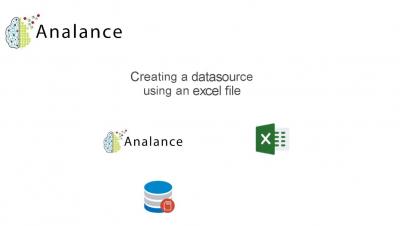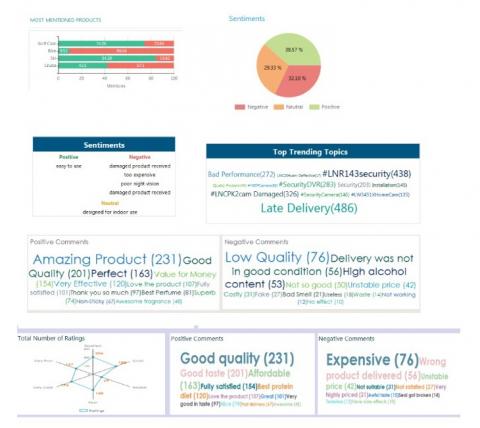Systems | Development | Analytics | API | Testing
Analance
Creating a Datasource using SQL Server on Analance Business Intelligence (ABI)
Leap Ahead of Employee Churn with HR Analytics
Human resources (HR) analytics helps you get insights into every aspect of your organization’s resourcing from hire and onboarding right through to leave and termination by combining data from many data sources. It helps you get insights into, and make predictions about, who and how many people you need to hire, how they need to be trained, how employees are performing, vacation/leave statistics, and what you can do to keep good employees around.
A Natural Language Processing (NLP) Approach to Data Exploration with Analance
What if you can get insights into understanding your customers better, know what they need, and make inferences based on their mood? We’re now proud to announce one of the upcoming features of our release – a powerful set of natural language processing (NLP) algorithms. With Analance, you’ll be able to use 5 new algorithms to enhance your sentiment and text analytics capabilities across your organization.
Deep Learning: What's it Good For?
Have you heard about the new buzz term in analytics, “Deep Learning”? Although it might seem like some obscure, abstract addition to the already cluttered analytics space, Deep Learning is actually more of a combination of other analytics methodologies that tries to accomplish something better.
When Blockchain Technology Meets Big Data & Analytics
Blockchain technology has been all over the news recently. With the explosion of bitcoin usage for digital transactions, blockchain is required to track and verify every transaction made.
Call Centre Analytics : Part 2 - Tracking every customer touchpoint to optimize the customer journey
After a sale, it is critical to ensure every touchpoint with the customer is handled skillfully. It is only possible to understand and improve a customer’s journey by tracking key customer metrics and run analytics. Organizations that know how to identify such gaps in the service provided using analytics, to further enhance customer satisfaction, reduce churn, increase revenue, and greater employee satisfaction, will see the rewards.
Call Centre Analytics : Part 1 - Tracking every customer touchpoint to optimize call centre operations
Customer service is essential to any organization, especially for product-based companies offering support to customers around the clock. When an organization offer such services, it becomes pertinent to keep the customers happy and that is only possible if the call centre operation is fully optimized. Now, the question is what makes a customer happy?
Beat the challenges of transitioning to an advanced analytics platform
In Part 1 of our blog, we explored how to get started with BI Analytics in your organization, including the primary business challenges and how to overcome them. BI Analytics is just the start though – most organizations are moving to Advanced Analytics with features such as forecasting, predictive modelling, algorithms, machine learning, and artificial intelligence (AI). Advanced Analytics is all about foresight and getting accurate predictions of what is likely to happen to your business.
When you know Analytics is the right way to go
Companies across many industries have already adopted BI and Analytics to streamline day-to-day operations, customer support, accounting, sales, marketing and other business functions. If your company or department hasn’t adopted BI and Analytics, you may find that this post can help you or your team move into the analytics space – starting with BI and Analytics and evolving to consider leading-edge Advanced Analytics solutions with AI and Predictive Analytics.











